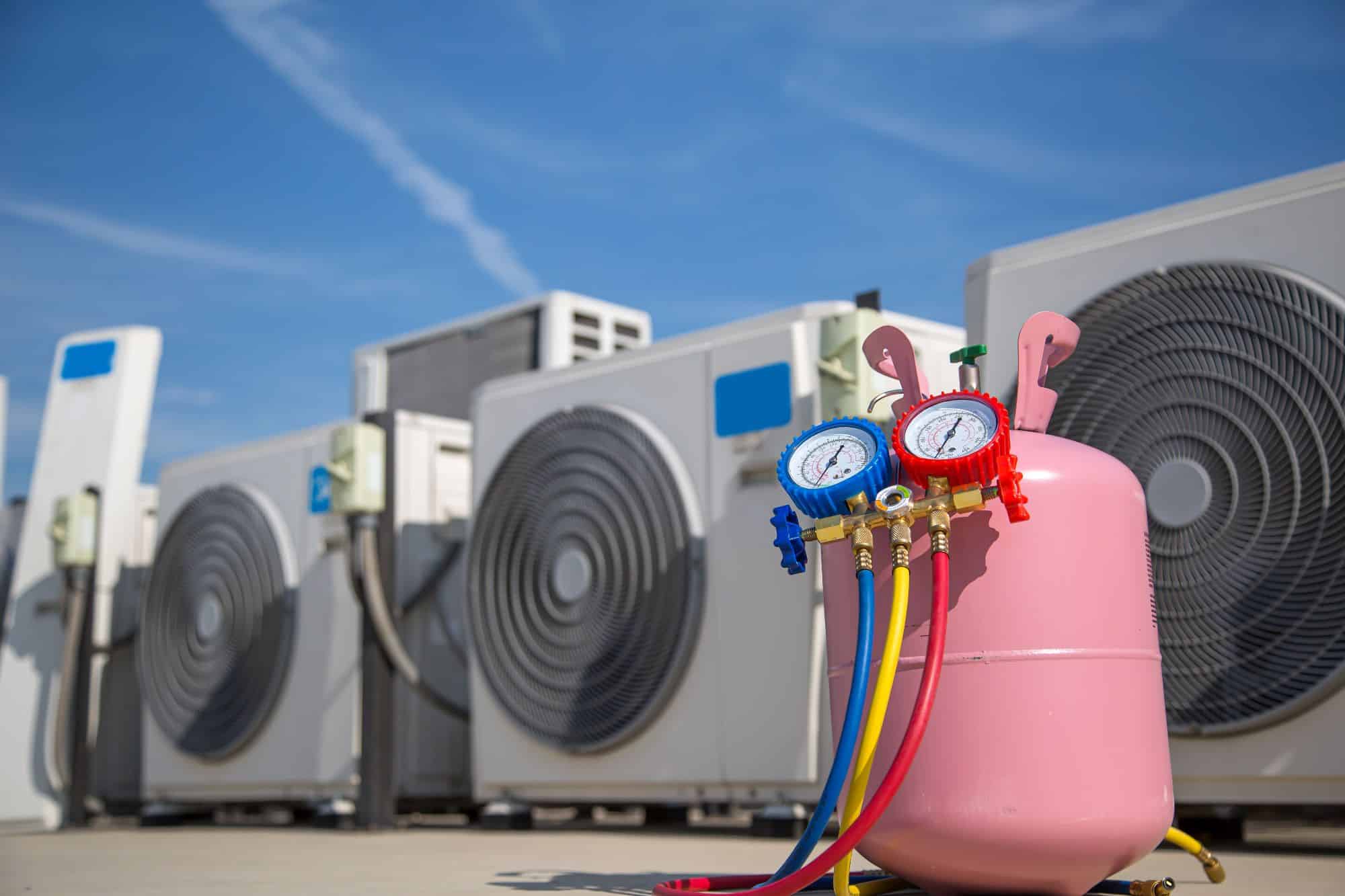The Future of HVAC: Exploring R32 & R454B Refrigerants
The HVAC industry is witnessing a significant transformation with the emergence of R32 and R454B refrigerants. As environmental concerns and regulatory mandates intensify, these next-generation refrigerants are stepping up to meet the demand for eco-friendly, efficient, and high-performance HVAC systems. In this blog, we’ll dive deep into what makes R32 and R454B refrigerants revolutionary, their advantages, and why upgrading to systems utilizing these refrigerants is a wise choice.

What Are R32 and R454B Refrigerants?
Refrigerants are essential for cooling and heating in HVAC systems. Over the years, older refrigerants like R22 and R410A have been phased out or reduced due to their high global warming potential (GWP) and ozone-depleting characteristics. Enter R32 and R454B—refrigerants designed to balance environmental sustainability with performance.
- R32:
- Single-component refrigerant with a GWP of 675 (significantly lower than R410A’s 2,088).
- Superior energy efficiency due to its ability to absorb heat effectively.
- Requires less refrigerant per system, reducing the overall environmental footprint.
- R454B:
- A blend of R32 and R1234yf with a GWP of just 466—making it one of the lowest-impact refrigerants on the market.
- Non-ozone depleting and designed for compliance with the Kigali Amendment and global regulations.
Why the Shift to R32 and R454B Matters
The push toward R32 and R454B refrigerants stems from a global commitment to reducing greenhouse gas emissions. The Environmental Protection Agency (EPA) and international agreements like the Kigali Amendment mandate the phase-out of high-GWP refrigerants. By adopting these new refrigerants, manufacturers and consumers alike contribute to reducing climate impact.
Benefits of R32 and R454B Refrigerants
- Lower Environmental Impact:
- Their reduced GWP contributes to global efforts to combat climate change.
- Energy Efficiency:
- Both refrigerants enable HVAC systems to operate more efficiently, translating to lower energy costs.
- Compatibility with Modern Systems:
- R32 and R454B systems are designed for optimal performance with advanced technologies.
- Cost-Effectiveness:
- While initial system upgrades may require an investment, long-term energy savings and regulatory compliance make the switch economically viable.

Challenges and Considerations
While the benefits are significant, transitioning to these refrigerants comes with challenges:
- System Compatibility: Older HVAC units may need retrofitting or replacement to accommodate new refrigerants.
- Technician Training: HVAC technicians must be trained to handle and install systems using R32 and R454B safely.
Conclusion
As the HVAC industry embraces sustainability, R32 and R454B refrigerants are leading the charge. By choosing systems that utilize these refrigerants, homeowners and businesses in Allen, TX, can enjoy superior performance, lower energy costs, and a reduced environmental footprint. Ready to upgrade? Contact Moon Heating & Air Conditioning today for expert guidance.
